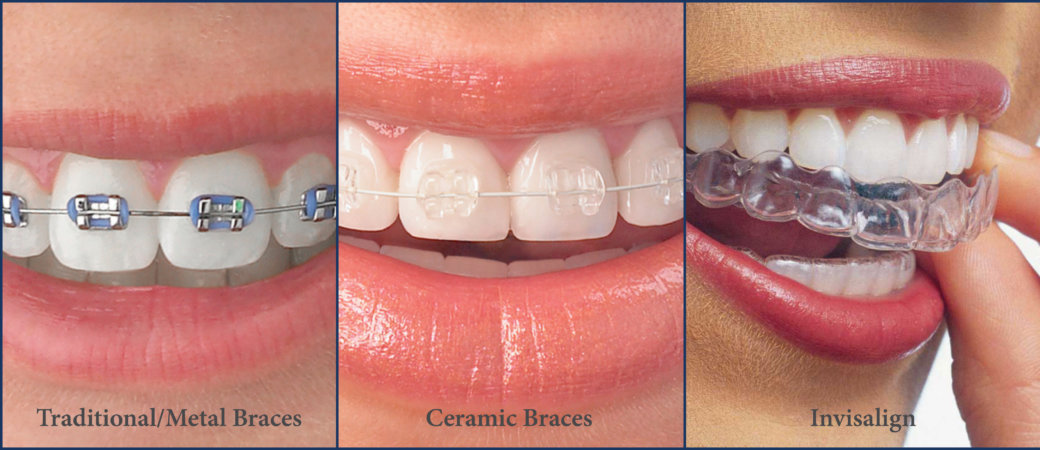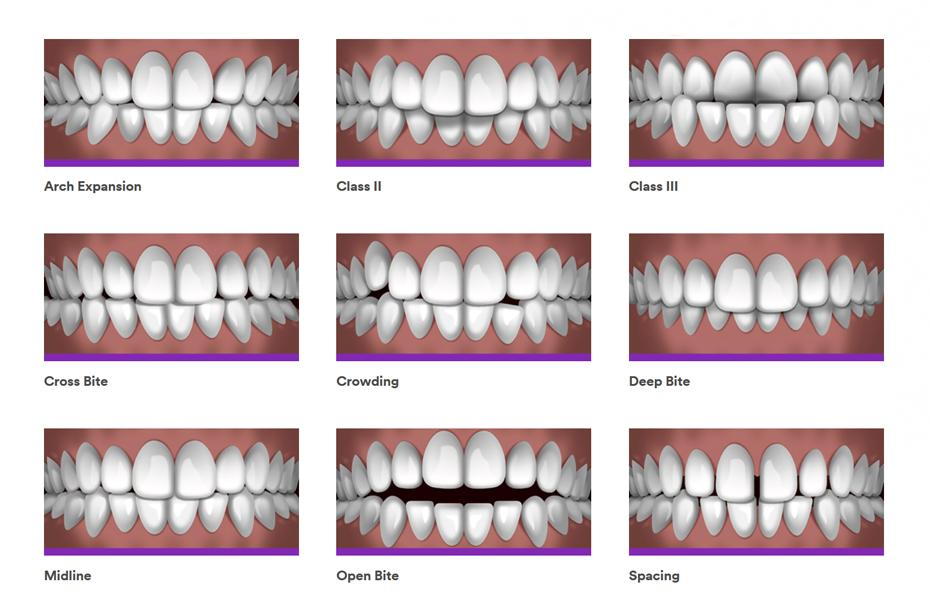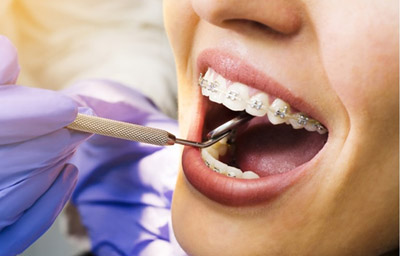What Does Causey Orthodontics Do?
Table of ContentsThe Facts About Causey Orthodontics UncoveredExcitement About Causey OrthodonticsMore About Causey OrthodonticsThe 10-Second Trick For Causey OrthodonticsThe Best Strategy To Use For Causey Orthodontics
Disregarding occlusal connections, it was common to remove teeth for a selection of oral concerns, such as malalignment or overcrowding. The idea of an intact dentition was not widely valued in those days, making bite relationships seem pointless. In the late 1800s, the principle of occlusion was essential for creating trustworthy prosthetic substitute teeth.As these concepts of prosthetic occlusion progressed, it became an important device for dental care. It was in 1890 that the job and impact of Dr. Edwards H. Angle started to be felt, with his contribution to modern orthodontics especially noteworthy. Concentrated on prosthodontics, he instructed in Pennsylvania and Minnesota prior to guiding his attention in the direction of oral occlusion and the treatments needed to keep it as a normal problem, thus ending up being known as the "dad of modern orthodontics".

The concept of ideal occlusion, as proposed by Angle and included into a classification system, enabled a shift towards treating malocclusion, which is any kind of inconsistency from regular occlusion. Having a full set of teeth on both arches was very demanded in orthodontic treatment due to the need for exact relationships in between them.
The Greatest Guide To Causey Orthodontics
As occlusion ended up being the key concern, facial percentages and looks were overlooked - cheapest orthodontist near me. To accomplish ideal occlusals without utilizing exterior forces, Angle proposed that having perfect occlusion was the most effective method to acquire maximum face appearances. With the passing away of time, it came to be fairly noticeable that also an extraordinary occlusion was not suitable when thought about from an aesthetic perspective
Charles Tweed in America and Raymond Begg in Australia (who both researched under Angle) re-introduced dentistry removal right into orthodontics during the 1940s and 1950s so they could boost facial esthetics while additionally ensuring better stability worrying occlusal partnerships. In the postwar duration, cephalometric radiography begun to be utilized by orthodontists for determining modifications in tooth and jaw setting brought on by development and treatment. It became apparent that orthodontic therapy could readjust mandibular growth, leading to the formation of functional jaw orthopedics in Europe and extraoral force measures in the US. Nowadays, both functional appliances and extraoral tools are used around the world with the aim of amending growth patterns and types. Subsequently, seeking true, or at least improved, jaw connections had actually come to be the primary goal of therapy by the mid-20th century.
The Basic Principles Of Causey Orthodontics
 Until the mid-1970s, braces were made by wrapping steel around each tooth. https://www.bestincom.com/health-care/causey-orthodontics., it came to be feasible to rather bond metal brackets to the teeth.
Until the mid-1970s, braces were made by wrapping steel around each tooth. https://www.bestincom.com/health-care/causey-orthodontics., it came to be feasible to rather bond metal brackets to the teeth.This has had significant impacts on orthodontic treatments that are provided consistently, and these are: 1. Correct interarchal relationships 2. Correct crown angulation (suggestion) 3.
The advantage of the style hinges on its brace and archwire combination, which needs only minimal wire bending from the orthodontist or medical professional (orthodontist services). It's appropriately called hereafter feature: the angle of the port and density of the bracket base inevitably establish where each tooth is located with little need for added adjustment
Causey Orthodontics Fundamentals Explained
Both of these systems used identical braces for each tooth and demanded the bending of an archwire in 3 planes for finding teeth in their desired settings, with these bends determining utmost placements. When it comes to orthodontic home appliances, they are separated right into two types: detachable and repaired. Detachable appliances can be handled and off by the person as needed.

Therefore, practically all modern-day set appliances can be taken into consideration variations on this edgewise appliance system. Early 20th-century orthodontist Edward Angle made a significant contribution to the globe of dentistry. He developed four distinctive home appliance systems that have actually been utilized as the basis for many orthodontic therapies today, barring a couple of exceptions.
Unknown Facts About Causey Orthodontics

The wire finished in a thread, and to move it onward, a flexible nut was utilized, which enabled an increase in circumference. By ligation, each individual tooth was affixed to this large archwire (affordable orthodontist near me). Due to its minimal series of movement, Angle was incapable to attain exact tooth placing with an E-arch
These tubes held a soldered pin, which could be repositioned at each visit in order to move them in place. Dubbed the "bone-growing appliance", this contraption was supposed to urge much healthier bone growth because of its potential for moving force directly to the origins. Implementing it verified problematic in fact.